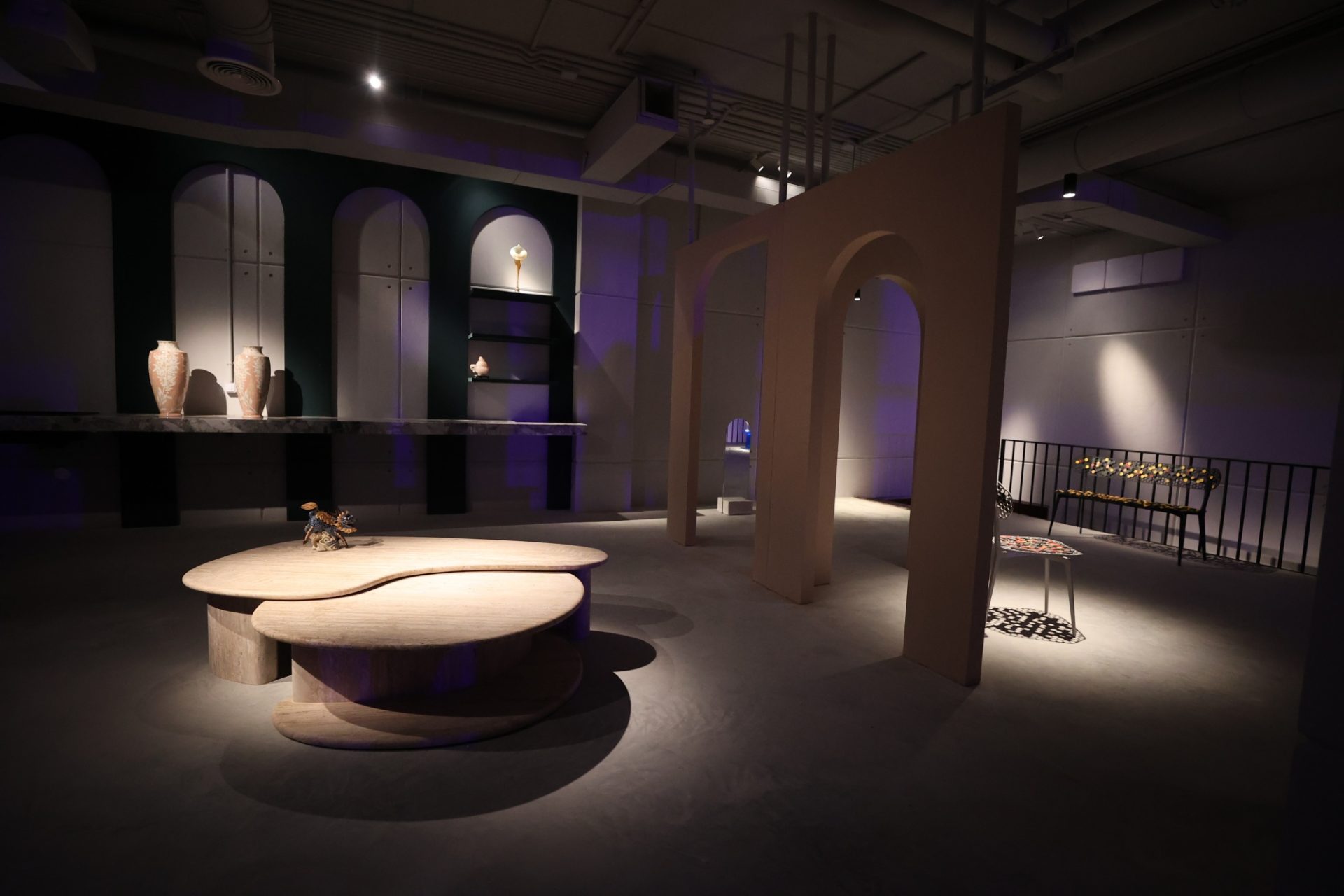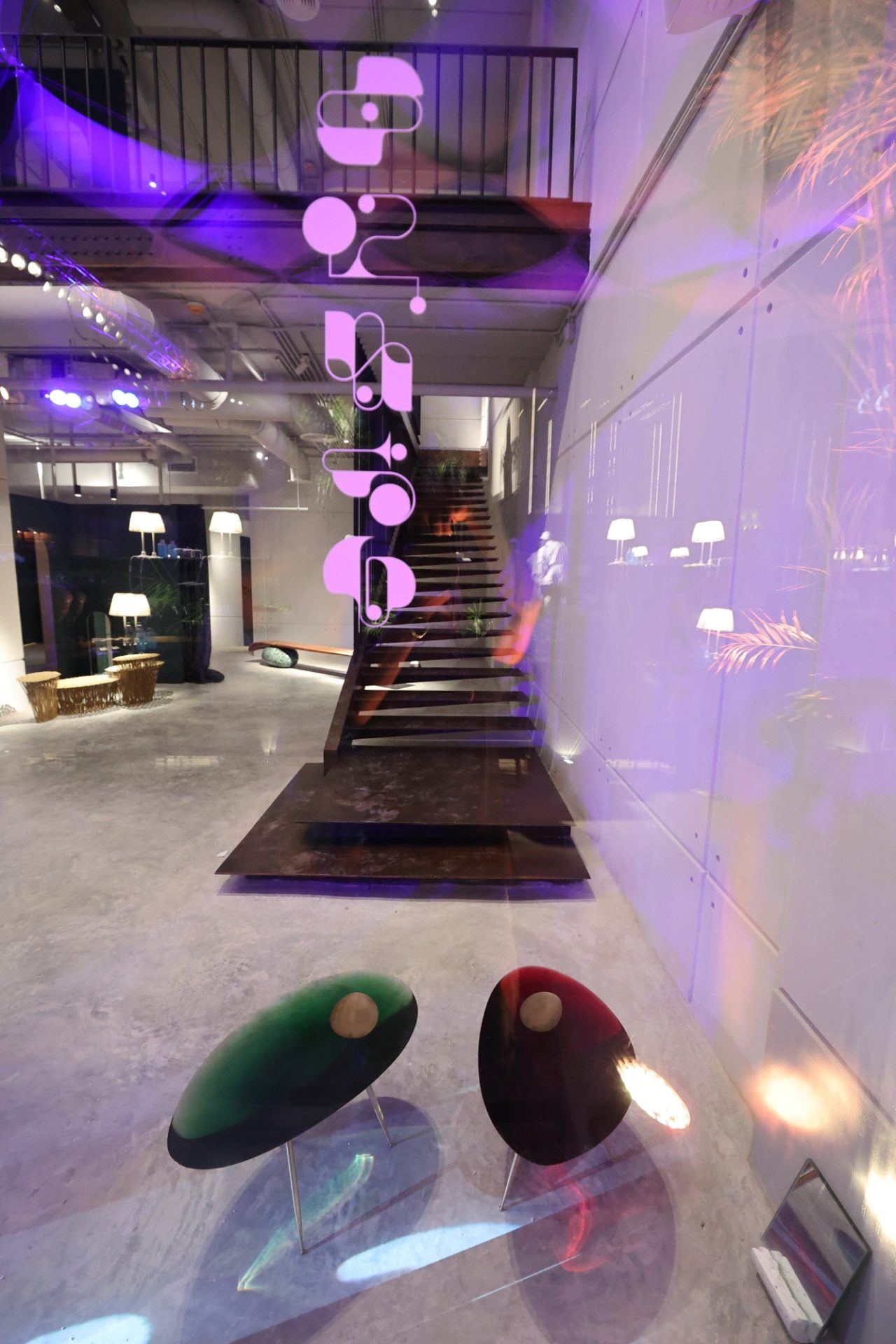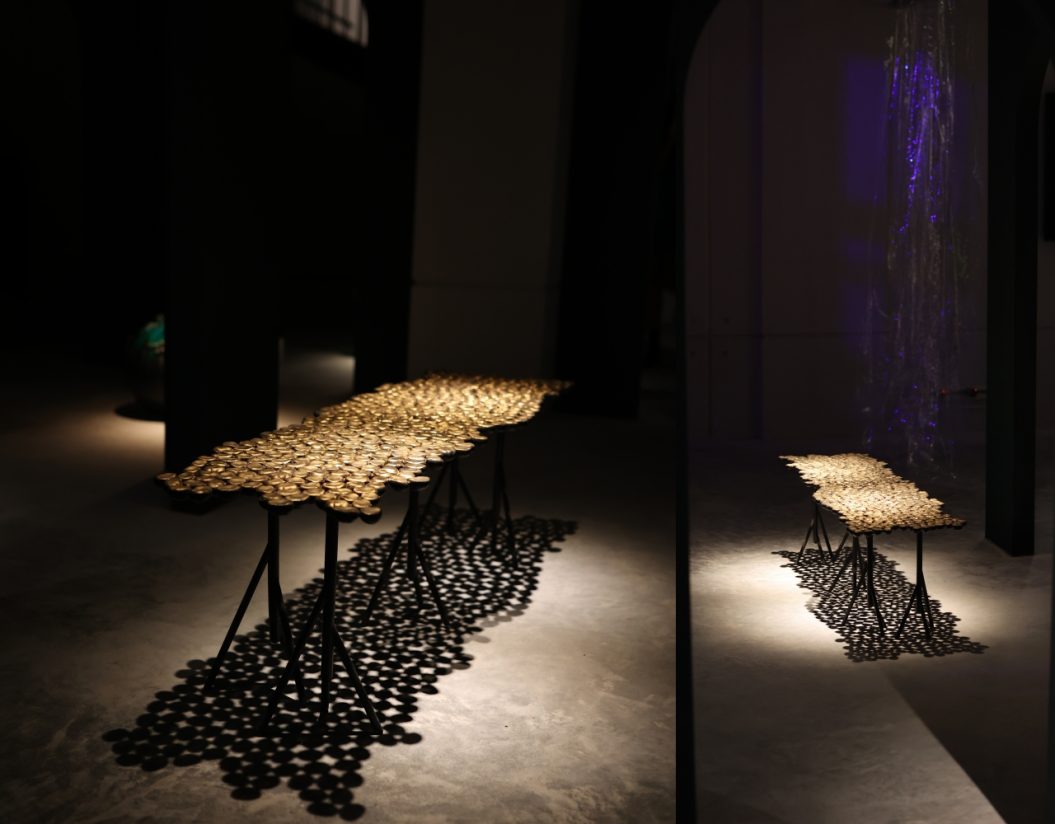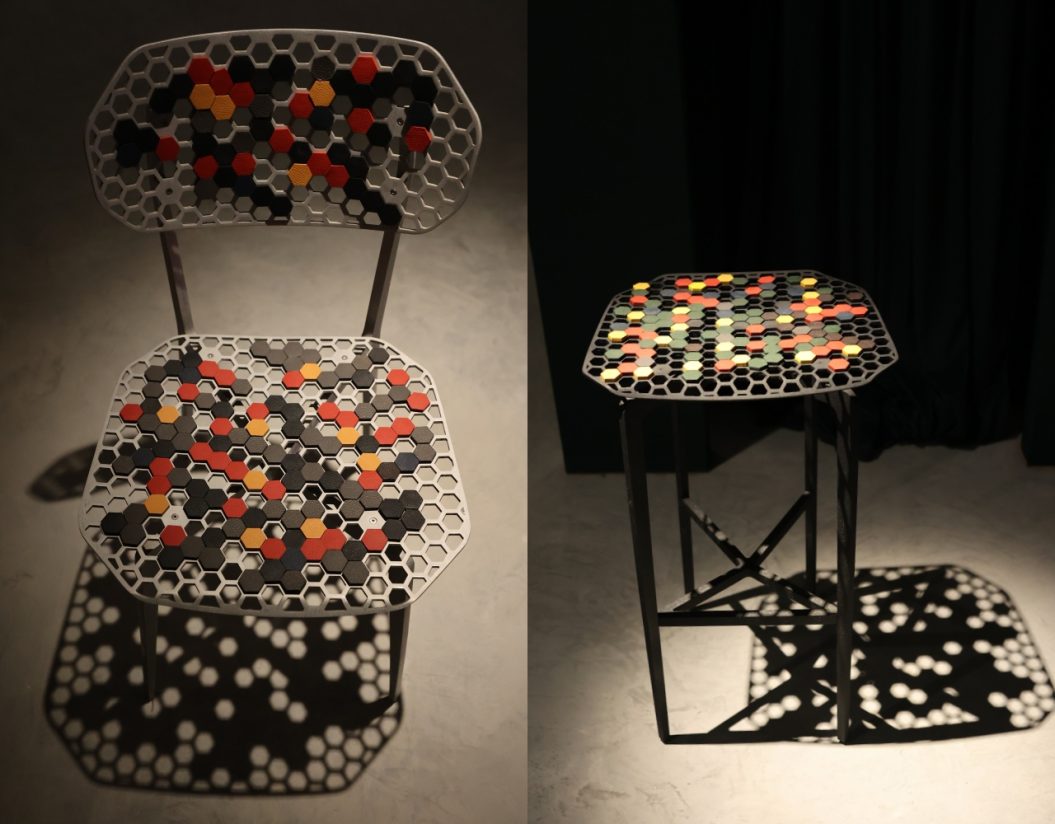Le Lab Shines Light on Regional Talents
As Egypt revisits its rich heritage in the arts and cultural scene, the country’s private art scene gets a major revamp with the launch of Le Lab, a design gallery to showcase emerging and established designers from across the Middle East.
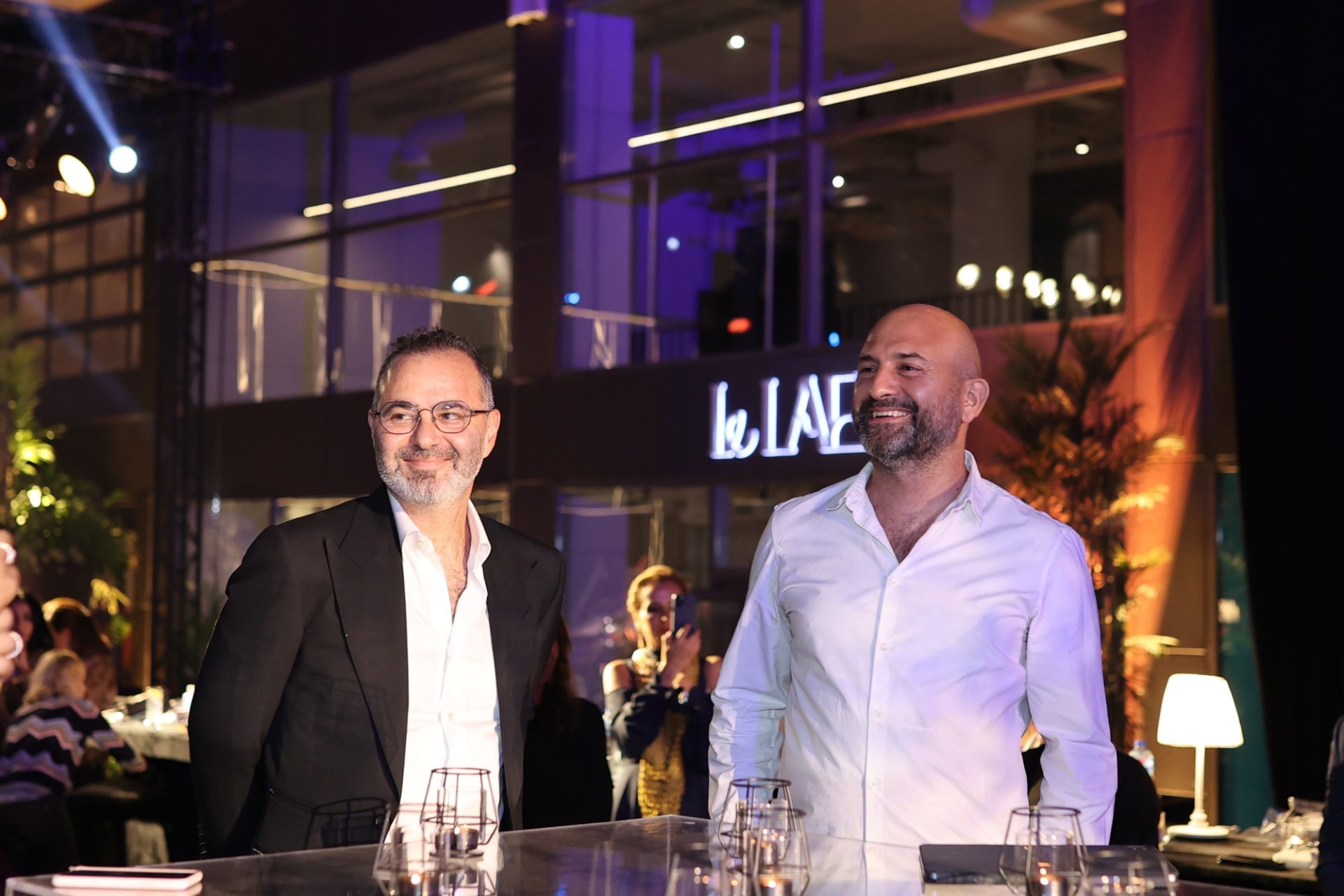
A design enthusiast and a designer; Rasheed Kamel with Georges Motasseb, co-founder of Beirut-based design studio, Studio Manda.
There is a revival in the arts and design scene of Egypt with the country investing in cultural megaprojects given its intent of educating its populace, attracting international visitors, and celebrating its rich heritage and natural beauty. As plans are underway to complete major cultural projects, renovation of key museums a host of exciting private initiatives are also coming to fruition marking the rebirth of Egypt’s cultural scene.
One is Le Lab, a contemporary design gallery, founded by Egyptian art and design collector Rasheed Kamel, which was launched last year in September in a new modern development in the downtown area of the capital. The first of its kind in Egypt, Le Lab showcases works by emerging and established designers from across the Middle East, with a vision to foster a new appreciation for one-of-a-kind, limited-edition design pieces in Egypt.
Kamel, a collector and regional patron of the arts, is also a practicing lawyer with a passion for arts and design from childhood.
Kamel’s true calling was to be a collector, and Le Lab was his way of preserving and acknowledging Egypt and the region’s rich artistic past, and its historic role in shaping the world of art, design, and craftsmanship. His intent is not just to document the rich history of his country but also to provide regional and Egyptian artists, designers, and creatives a sure footing and confidence in their collective design history.
The gallery opened its physical space in Cairo with a solo exhibition of works by renowned Lebanese designer Georges Mohasseb, co-founder of Beirut-based design studio, Studio Manda.
The exhibition, titled “Intermission,” highlighted various aspects of Mohasseb’s creative process with a particular focus on the diversity of natural materials that he incorporates into his designs. The presence of wood has long been a prominent feature in many of Mohasseb’s designs due to its dynamic qualities, diversity, and texture.
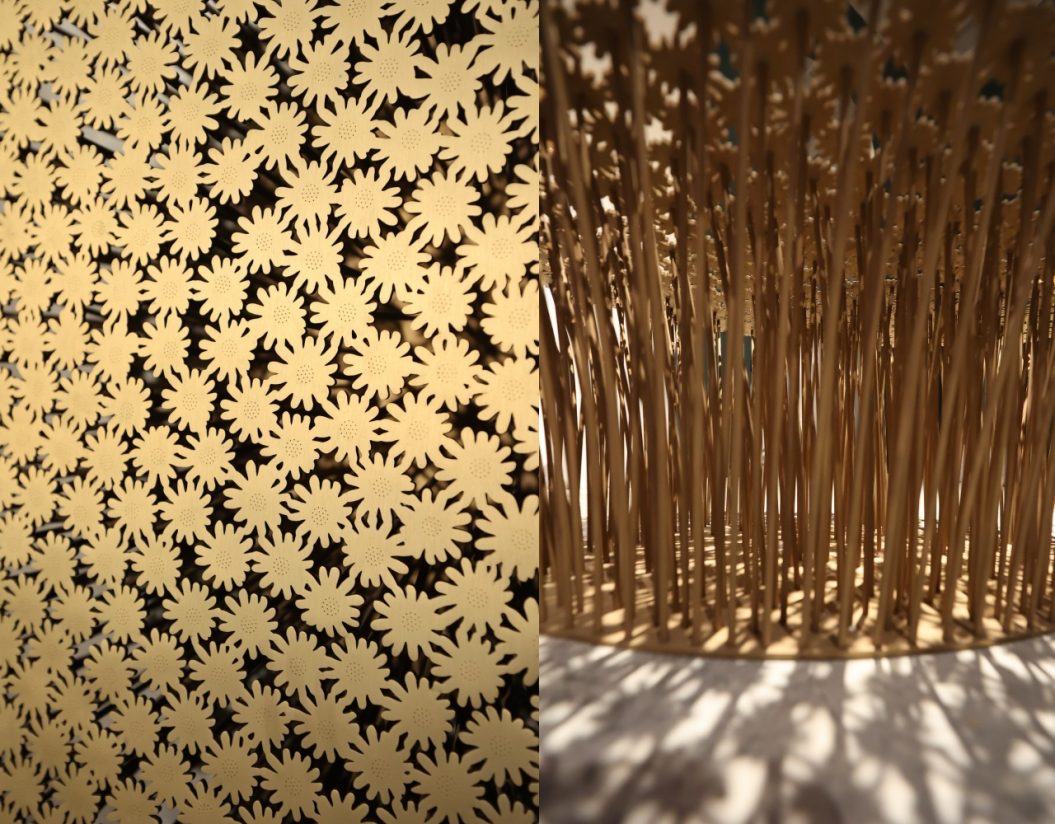
Georges Mohasseb’s popular ‘Marguerite coffee table,’ a riveting sculptural object made of 950 long-stemmed meticulously carved flowers in solid brass that have been brought together to create a table in the form of a bouquet.
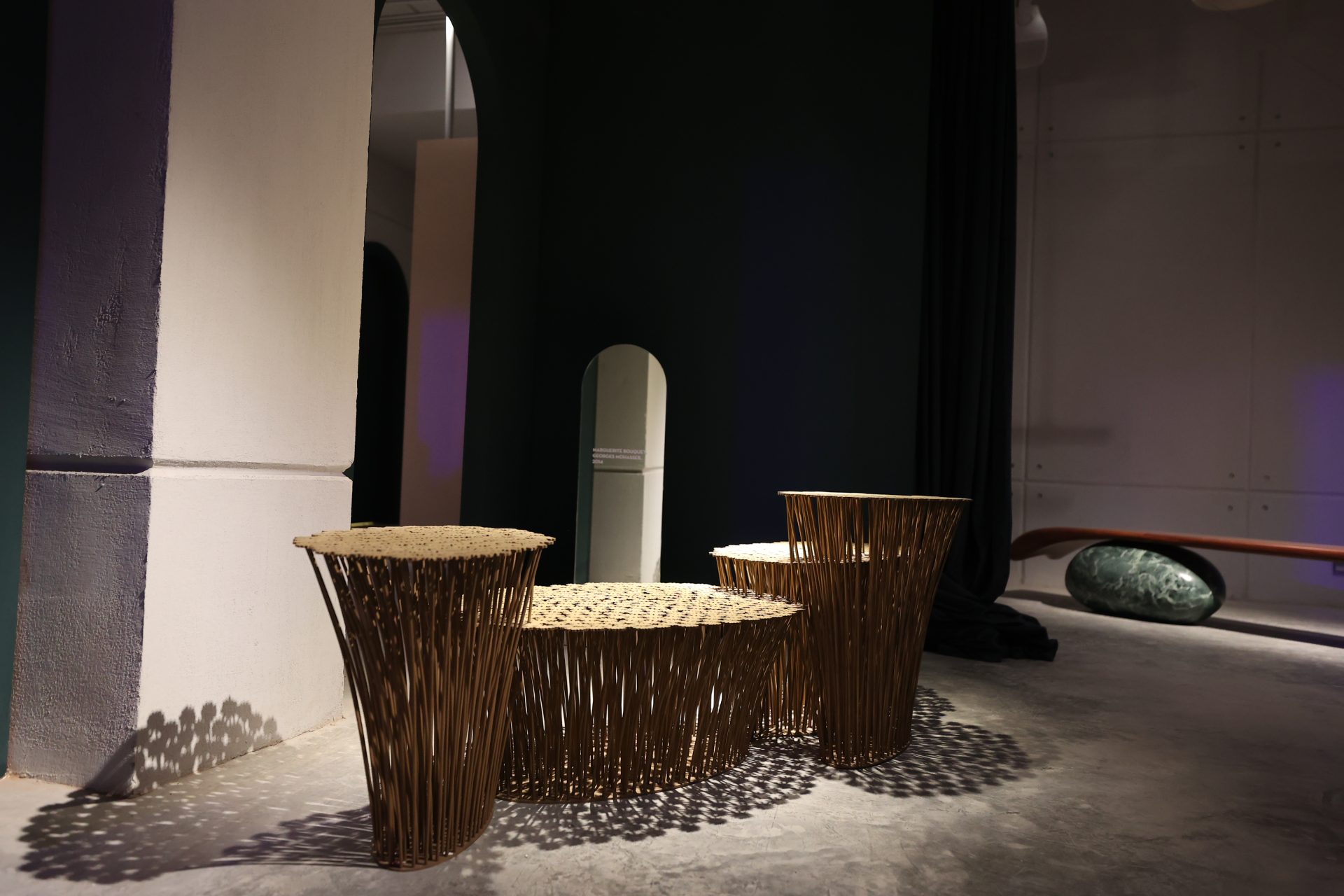 The design objects featured in Intermission include Mohasseb’s popular ‘Marguerite coffee table,’ though a riveting sculptural and static object, the movement from its curvaceous lines and dozens of flowers endows it with dynamic energy.
The design objects featured in Intermission include Mohasseb’s popular ‘Marguerite coffee table,’ though a riveting sculptural and static object, the movement from its curvaceous lines and dozens of flowers endows it with dynamic energy.
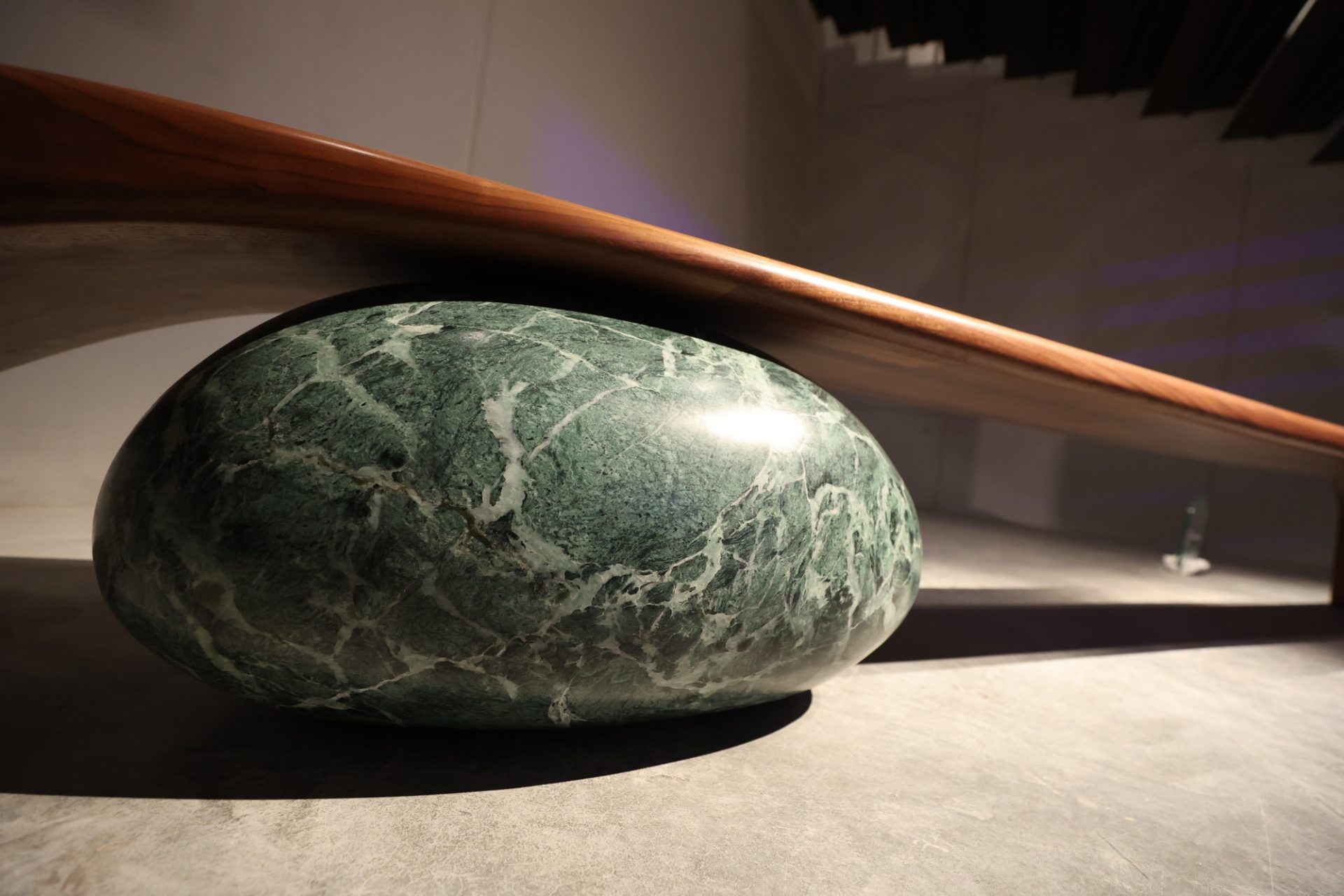 Other pieces shown include ‘Galet bench’, which was made from the contrasting materials of solid laminated American walnut and hand-carved solid marble; works from the ‘I-beam’ collection, an experimental group of objects inspired by a building’s metal structure. Made of cast coloured resin, each piece basks in its transparent glow from light that filters through the material.
Other pieces shown include ‘Galet bench’, which was made from the contrasting materials of solid laminated American walnut and hand-carved solid marble; works from the ‘I-beam’ collection, an experimental group of objects inspired by a building’s metal structure. Made of cast coloured resin, each piece basks in its transparent glow from light that filters through the material.
SCALE talks to Kamel to understand his passion and to know more about Le Lab.

Rasheed Kamel, a vivid art enthusiast, and collector from Egypt, owner of Le Lab, genuinely wants to make a mark in the field of design through documenting the history of workmanship.
SCALE: Is this the only design gallery in Egypt? How is it different from earlier such offerings?
KAMEL: I believe that timing has a lot to do with the success and relevance of a concept. I dreamed up Le Lab because I felt that the time was right. Egypt is going through some exciting times in the world of design, and my intention for Le Lab; as the first collectible design gallery in Cairo, is to serve as a credible platform locally, regionally, and internationally, in highlighting Middle Eastern talent. Although Le Lab has a physical space at the Walk of Cairo in 6th of October city, my mission is for it to transcend borders and become a much-needed virtual space for meaningful dialogue on the relevance and scope of Middle Eastern design in the world today.
SCALE: Tell us about your interest in collecting art and design objects? How did you hone your talent in identifying the right mix of expertise and uniqueness?
KAMEL: I have been passionate about the arts since childhood, it’s something my siblings and I grew up around, thanks to my maternal side of the family. Perhaps one of the most impactful elements was the diversity of talent. I was surrounded by artists, poets, writers, and fashion designers each utilizing the element of design in their very own way. This allowed me an unbiased appreciation of art in its many forms and sharpened my eye for design. Over the years my passion turned into a skill; the ability to identify talent, and what I realized was how under-appreciated our region was in terms of art and design. For anything to flourish it needs a solid infrastructure, one that I personally couldn’t find, which lead to the creation of Le Lab, a place for exploration and experimentation. I hope that collectors will come to explore stellar talent, and our visitors will come to experiment, experience, and appreciate the world of contemporary design.
SCALE: Has the country seen a surge in cultural activity in the recent past?
KAMEL: Egypt’s art and design scene is indeed booming, and I am honoured to be part of the process. Egypt; and the region at large, have had a long and rich art history that was unfortunately stunted due to political instability and strife. There was a time when Europe and Egypt were actually on parallel courses in terms of art, we however suffered long periods of stagnation that affected our standing. Today I see a slow yet steady resurrection of Egypt’s rightful role on the art scene thanks to the bold efforts of entities such as Art d’Egypt; that I am a patron of, who are dedicated to supporting and invigorating the Egyptian art and cultural scenes, by bridging the gap between Egyptian talent and the world through fruitful collaborations that enhance and promote the rich Egyptian art scene.
SCALE: Tell us about your fav pieces in the gallery and the story behind finding them?
KAMEL: On our mission to educate and expose, we consider our target market to be a broad spectrum of individuals that include collectors and creatives, the media, educators and students amongst others. They are our Segway, into other communities, creating a positive knock-on effect that builds even more traction. How we choose to showcase these talents is also important. The multi-sensorial approach is high up on our agenda, attempting to engage and influence our visitors through a variety of senses, oftentimes collaborating with other creatives to heighten the individual’s experience.
My associate with Georges Mohasseb started off on a personal level. We met while I was on the hunt for functional art for my home. Interacting with Mohasseb, understanding his process, the story behind his pieces and of course, his unique talent made him a great first choice for the gallery. There is a diversity in the materials he uses, and a cohesiveness in his design aesthetic that makes for a very solid brand identity that I genuinely appreciate and admire.
Since the gallery opened its doors in October 2021, we have been quite active. In addition to Mohasseb’s solo exhibition titled ‘Intermission’, we were fortunate enough to feature Egyptian artist and sculptor Khaled Zaki at Dubai Design Week. We have also since collaborated with Chef Karim Abdelrahman of Prive Avec Karim and Gypsum International Gallery on a multi-disciplinary, multi-sensorial experience to celebrate the work of revered Egyptian artist Ahmed Morsi.
SCALE: Do you intend to focus on known artists/designers or do you give an opportunity for new designers to be represented by your gallery?
KAMEL: When we talk about collectible design, we really are breaking down stereotypes of what art really is, and ultimately what we can consider ‘collectible’. A blurring of the lines between the worlds of art, design, and architecture allows people to question and identify their personal understanding of contemporary design and functional art. I believe that design is a spectrum, it runs through every form of creation, from art all the way to architecture. We have traditionally celebrated the result of good design, but not design itself. Contemporary collectible design sheds the spotlight on the process, which has two very different parts; craftsmanship, innovation, approach to materials, and just as importantly the compelling narrative, the story. Although more poetic in nature, the story is an intrinsic and mandatory aspect of contemporary collectible design.
I believe that contemporary collectible design is best understood by looking back on our past. The organic and natural progression of some art, furniture, and architecture over the decades to become antiques and collectibles. What makes a collectible? The scarcity of course plays an important role, in the greatness of design, and the footprints of history as well. I am a firm believer that great collectible design is that which is looked upon a century later and is a clear representation of its time.
With time, functional art will gain strength in the world of collectibles, which is why I so thoroughly enjoy the curation process at Le Lab. The mixing and matching of different eras of collectible design, training the eye that collectibles come in so many different shapes and sizes from the antique to the modern and from the Lalique to the Georges Mohasseb electric blue resin side table. Who knows what collectible design will come to encompass. It is hard to fathom and impossible to discount the importance of NFTs in the world of art today and their ultimate impact on the international design landscape.

